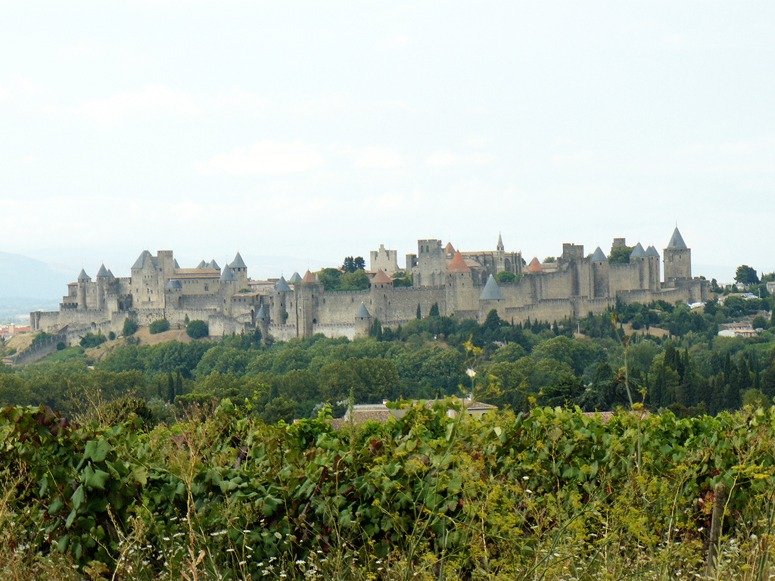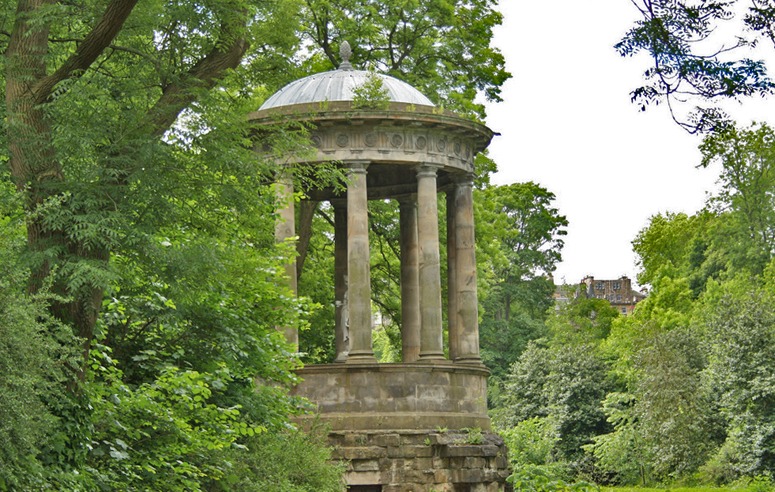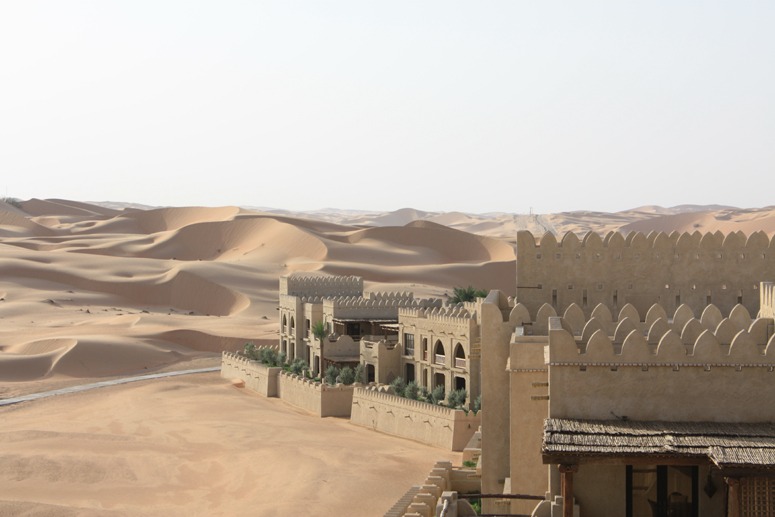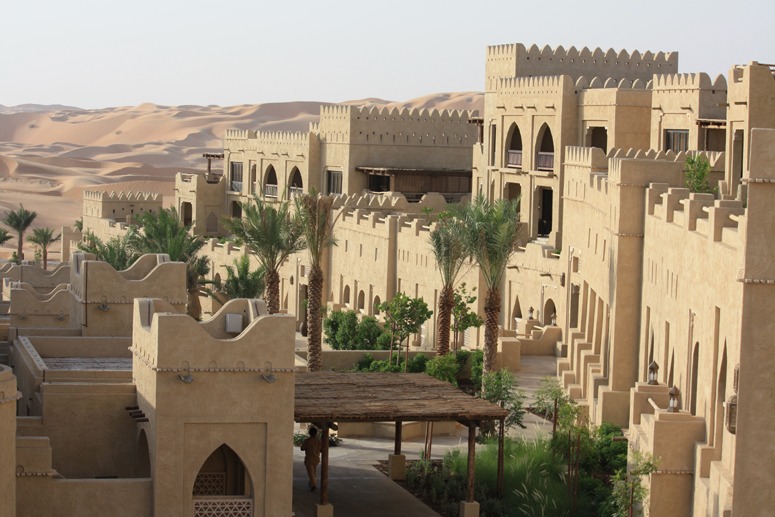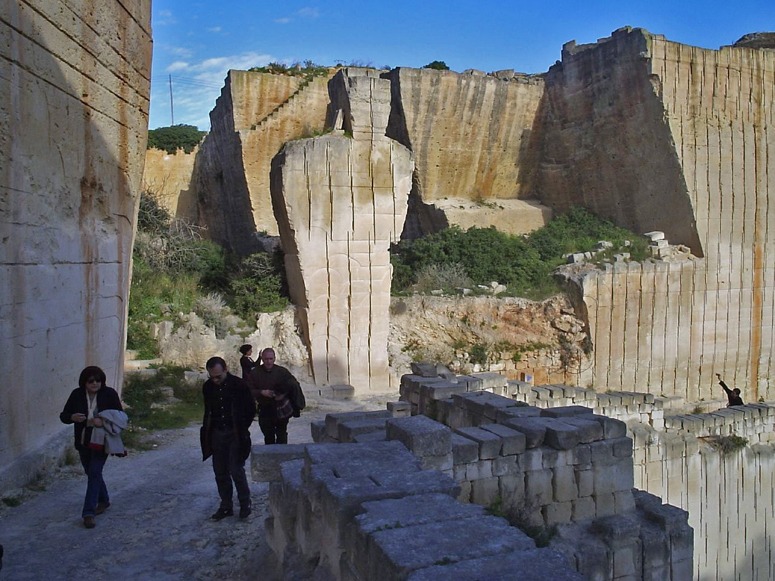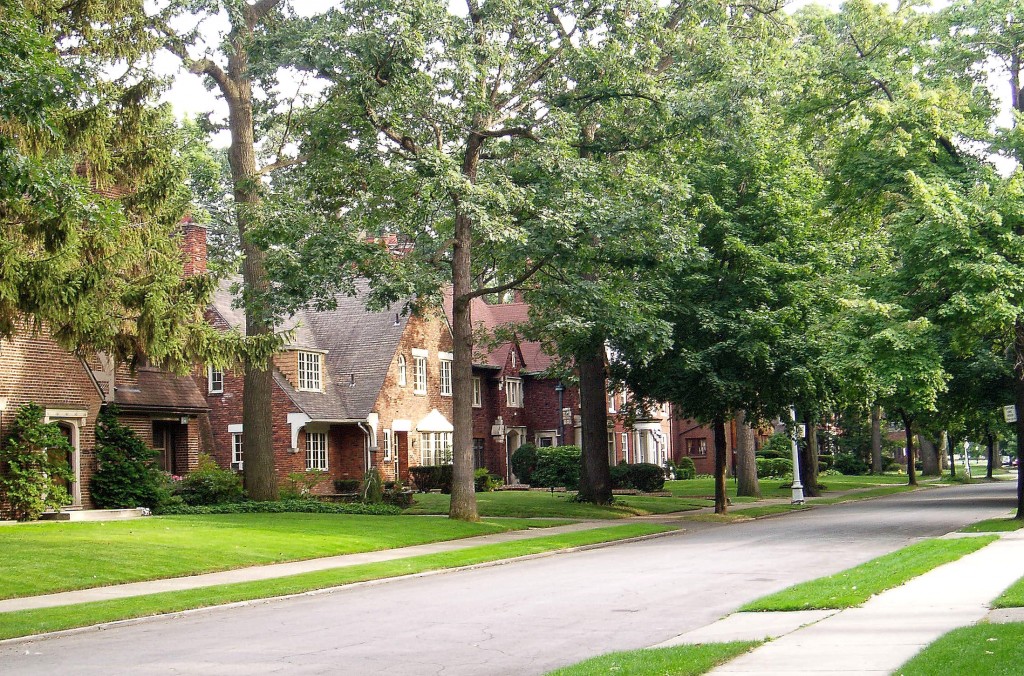Turned upside down land-scape becomes sky-scape. So what happens when the city meets the sky? 56 Leonard Street by Swiss architects Herzog & de Meuron disrupts the orderly rhythm of both the street-scape and of the skyline of New York with its jagged form from base to crown.
The base of 56 Leonard Street is firmly part of the city, while the crown of the building challenges the city limits: the blue space. Another blue space on the edge of cities is the coastal edge. The NSW government have included guidelines for protecting coastal edges near settlements.
At the limits of the green space of southern Californian cities according to biologist Paul Beier is cougar territory. While in Lincoln County efforts have been made to have developers include tree plans in their development applications (with fines for non-compliance).
In Germany there has been a conversation since the end of last millennium about ‘quality growth’ and ‘optimal growth’ at the edge of cities. In this paradigm according to Bruns and Schmidt in their paper ‘City Edges in Germany: Quality Growth and Urban Design’ “Land is valued for its own right, as landscape, as having character, contours, and limits. ‘Green walls’ instead of built walls are to be designed to border the city.”


